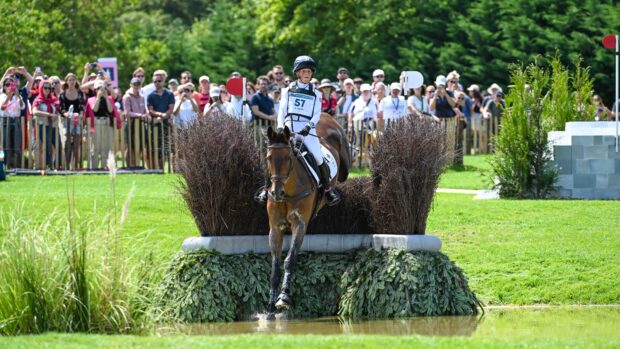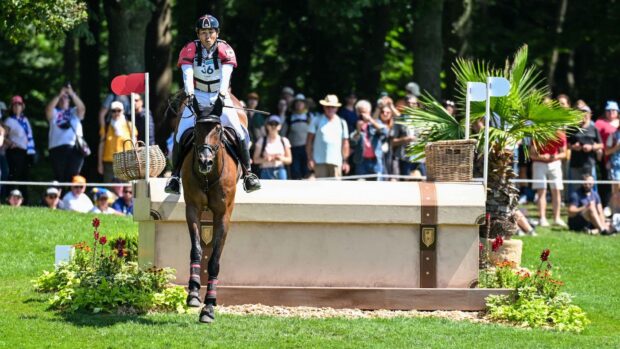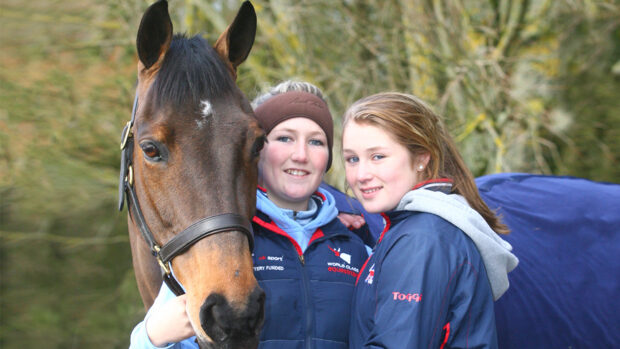20 December 2001
Expert advice on walking the cross-country course from event maestro Mark Todd
The aim of walking a cross-country course is to create a clear mental picture of the track and how you are going to ride it.
Be prepared to walk a three-day event course three or four times, including once by yourself. Chatting with your mates is not great for concentration. By the third time I will have decided what I’m going to doand the fourth may well be just a confidence-booster, a look at a particular fence – or a way of filling time.
The roads and tracks and steeplechase are always worth a second look. At Burghley 1995 I managed to miss a flag on phase C and was eliminated. It still makes me cringe now and I am more diligent about flags. Watch out for deep or rough going on the roads and tracks and odd configurations in the steeplechase.
The first time you see the cross-country course is the way it will look for your horse so remember first impressions count! Your horse won’t know what is coming and there will be places where you must allow him time to assess the question ahead.
At a three-day, aim to walk the course at the time of day you will be riding it because the light can have a dramatic effect on a fence. Unfortunately this is not always possible at a one-day event.
Check the depth of water by wading in yourself and be alert to the angle of the light.
Always walk the alternatives, even if you are planning to take all the direct routes. You never know when you will need to change your plan.
Pay attention to terrain, going, possible distractions and the approach to each fence. Is it on a slippery turn, an uphill or downhill slope and can the horse see the landing side of the fence? These will affect the way you ride it.
Look for ways of saving time by taking the shortest route possible between fences. Measure the course by wheeling that route and note appropriate landmarks for the minute marks. Compare your total length with the course plan and if yours is longer than that given, be aware that you need to arrive at each of your minute markers ahead of time.
Listen to what others have to say, but know your own horse and his limitations. Ensure your ride the course in the right way for your horse.
See this week’s issue of Horse & Hound for Mark’s advice on riding accuracy fences including corners and coffins, or click here to subscribe.
Stay in touch with all the news in the run-up to and throughout major shows like London International and more with a Horse & Hound subscription. Subscribe today for all you need to know ahead of these major events, plus online reports on the action as it happens from our expert team of reporters and in-depth analysis in our special commemorative magazines. Have a subscription already? Set up your unlimited website access now



